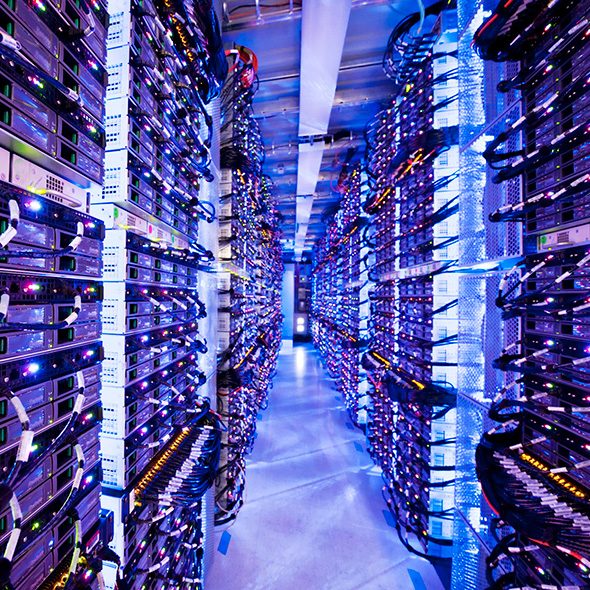
Microsoft today announced that it was sharing a number of new designs for its cloud servers to improve efficiency and reduce the cost of management.
Last year, Microsoft joined the Open Compute Project to join Facebook and other companies to share the designs of the custom servers it uses in its large data centers. By sharing designs and standardizing across companies, the companies involved can reduce costs and increase the range of hardware options available.
The servers are built for high density and high efficiency. The first version of the Open CloudServer specification (OCS) servers Microsoft published packed 24 server blades into a 12U chassis. Compute blades included a pair of Ivy Bridge-based Intel Xeon processors, up to 192GB RAM, one or two 10gigE ports, and up to four disks; storage blades packed in ten disks. The 12U units share power and networking infrastructure.
The second generation OCS servers, announced today, increase the efficiency and performance. The processors are bumped to Haswell-based Xeons, and the networking upgraded to 40gigE.
The more exotic changes are from the handling of power. The power supplies of each 12U unit now include lithium-ion batteries, something Microsoft calls Local Energy Storage. While lithium-ion batteries are routinely used to power computers—laptops use them—that's not where Microsoft sourced the units for its servers. Instead, it's using batteries from the power tool industry. They're cheap, proven, and abundantly available.
The traditional data center includes large banks of lead acid batteries combined with fossil fuel-powered generators. These batteries have to be sized to power the entire data center for the few seconds or minutes it takes for the generators to kick in and get up to speed. This takes considerable space—as much as 25 percent of each data center's footprint. It's also hard to scale; the batteries have to be an appropriate size for the entire data center, rather than growing in proportion to the number of servers. The lead acid batteries are relatively inefficient, with about 9 percent of a data center's power used for charging and operating them, and being full of acid, they can be awkward to manage.
With the new lithium batteries built in to each 12U chassis, the lead acid batteries are no longer needed, making a considerable savings in footprint. The batteries also become much easier to scale and maintain too; with each chassis having its own batteries, there's no need to build a data center-scale set of lead acid batteries, and a failure in any one of the batteries will affect only a single chassis at worst.
Storage performance has also been given a boost, with each blade containing eight M.2 slots, offering support for PCIe-connected solid state drives. This opens the door to massive I/O performance using commodity NAND drives.
As well as its new hardware spec, Microsoft has announced some new partnerships and offerings in the OCS space. Redmond has partnered with Ubuntu developer Canonical to offer "Metal-as-a-Service" deployment: the provisioning of operating systems (Windows, Ubuntu, CentOS, and SUSE) directly onto OCS hardware. This cuts out the virtualization layer normally found in Thing-as-a-Service offerings.
HP has also announced that it will produce OCS-compliant servers named Cloudline.
Microsoft says that it has already been using the new server design for Azure, Office 365, Bing, and Xbox Live. The company will publish CAD models, schematics, source code (for firmware), and other specifications for its designs.
This kind of collaboration and openness might once have been anathema to the software giant. The willingness to join industry-wide efforts and be open about its custom designs would have been impossible a few years ago. But this is a new Microsoft that's trying hard to change its image. Sharing innovations is now the name of the game.
reader comments
70